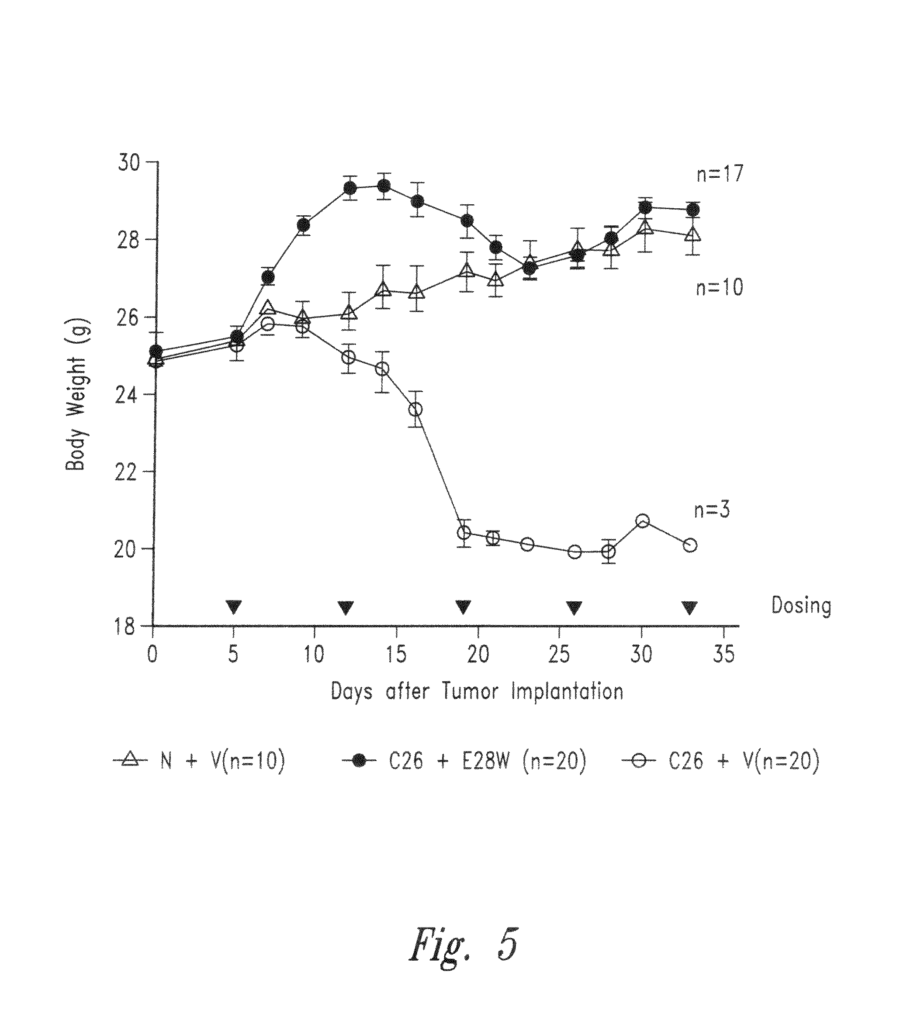Remarkable and Inspiring Breakthrough Variant Activin Receptor Therapy
Introduction
This variant activin receptor therapy technology provides an innovative approach to promote tissue repair, regulate cellular growth, and modulate immune responses, positioning it as a breakthrough in regenerative and therapeutic medicine. By leveraging specially modified activin receptor polypeptides, this therapy opens doors for targeted treatments in conditions requiring tissue regeneration, immune system balance, and improved cellular function. For pharmaceutical and biotech companies focused on cutting-edge therapies, this technology is a valuable asset that supports the next generation of healthcare solutions, particularly in regenerative and chronic care sectors.
The Challenge: Enhancing Regenerative Processes
In regenerative medicine and immunotherapy, effective solutions often face significant challenges in balancing tissue growth and immune modulation. Conventional therapies may lack specificity, risking unwanted side effects or insufficient efficacy in targeting complex cellular pathways. Patients with chronic injuries, degenerative diseases, or immune dysregulation require advanced therapies that address the underlying cellular mechanisms responsible for growth and repair. A targeted, variant activin receptor approach presents a powerful answer to these challenges, enabling treatments that support both cellular health and recovery.
Targeted Therapy for Tissue Repair and Immune Balance
This therapy, built on a foundation of engineered activin receptor polypeptides, targets precise cellular pathways to promote tissue regeneration while maintaining immune stability. It works by modulating specific activin receptor variants, which play critical roles in cellular development and tissue health. As a result, patients treated with this therapy experience enhanced healing, reduced inflammation, and optimal cellular growth, making it especially effective for those recovering from injury, managing autoimmune conditions, or seeking advanced regenerative therapies. This unique approach supports long-term recovery and resilience, setting it apart from traditional regenerative solutions.
Key Benefits for Pharmaceuticals and Healthcare Innovators
For pharmaceutical companies, this variant activin receptor therapy technology offers a path to develop a suite of innovative therapies that cater to both tissue regeneration and immune modulation needs. Regenerative medicine practitioners gain a new tool to assist patients with chronic conditions or recovery requirements, offering a balanced, effective approach to healing. The therapy’s specificity and effectiveness make it valuable for a range of applications, from enhancing recovery outcomes to providing safe, targeted care for immune-compromised patients. This technology aligns with current trends in precision medicine, enabling personalized patient care.
Invest in Transformative Healing Solutions
Licensing this variant activin receptor therapy positions your company as a pioneer in regenerative and immune-modulating therapies. By offering an innovative, targeted solution for tissue repair and immune regulation, your business can lead the way in delivering transformative healthcare solutions. This technology is a strategic investment for companies dedicated to advancing patient outcomes, supporting long-term health, and expanding possibilities in regenerative medicine and chronic care.

- Abstract
- Claims
What is claimed:
Share
Title
Variant activin receptor polypeptides and uses thereof
Inventor(s)
Jeonghoon Sun, Lei-Ting Tony Tam, Hui-Quan Han, Keith Soo-Nyung Kwak, Xiaolan Zhou, John Lu
Assignee(s)
Amgen Inc, Atara Biotherapeutics Inc
Patent #
8501678
Patent Date
August 6, 2013
